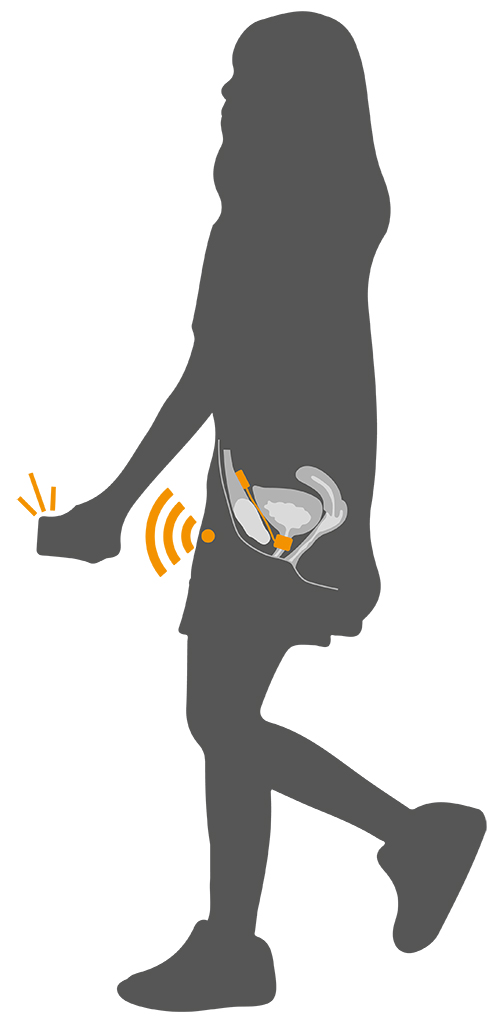Stress urinary incontinence (SUI) happens when movement or activity - running, lifting, or even coughing or sneezing - puts pressure on the bladder and causes it to leak. During activity the urethra can move downwards which permits urine to pass. Current treatments tend to be passive - involving changes to diet and activity levels, pelvic floor exercises and incontinence pads; surgery is only used after all other avenues have been exhausted, as there is the potential for substantial post-surgical complications.
To address this issue, Dr Andrew Conn and Professor Jonathan Rossiter of the Faculty of Engineering teamed up with Professor Marcus Drake from the School of Physiology, Pharmacology and Neuroscience and used an Elizabeth Blackwell Institute TRACK Award to develop an Active Implanted Midurethral Sling (AIMS).
Use the force
This required three main tasks: the first thing the team needed to do was to determine precisely the force required to close the urethra - and hence determine the tension the AIMS device needed to maintain. They also needed to determine precisely how best to implant the device, and how the AIMS was to be activated by the user.
The second task was to design the device, of course. While a variety of soft-robotic actuators were assessed for suitability, the design eventually drawn up satisfied all the requirements of the first task, and lent itself to further follow-on enhancements in the future.
Lastly, the team needed to simplify the adjustment of their AIMS device - previous surgical interventions using slings have relied upon the surgeon tensioning the device while the patient is prone, and so not under the effects of gravity. This is laborious and, critically, error-prone. The team determined that a design variant of their AIMS device could potentially drastically simplify this procedure, would enable adjustment prior to discharge, and generate many fewer follow-in issues.
Sophisticated synthetic models
At the time of writing, the team has successfully completed a variety of prototypes, and has tested them successfully in-vitro, using synthetic models of the bladder floor and urethra. In vivo testing proved problematic because of the issues in selecting animal models which are suitably representative of human anatomy, so sophisticated synthetic models were developed.
